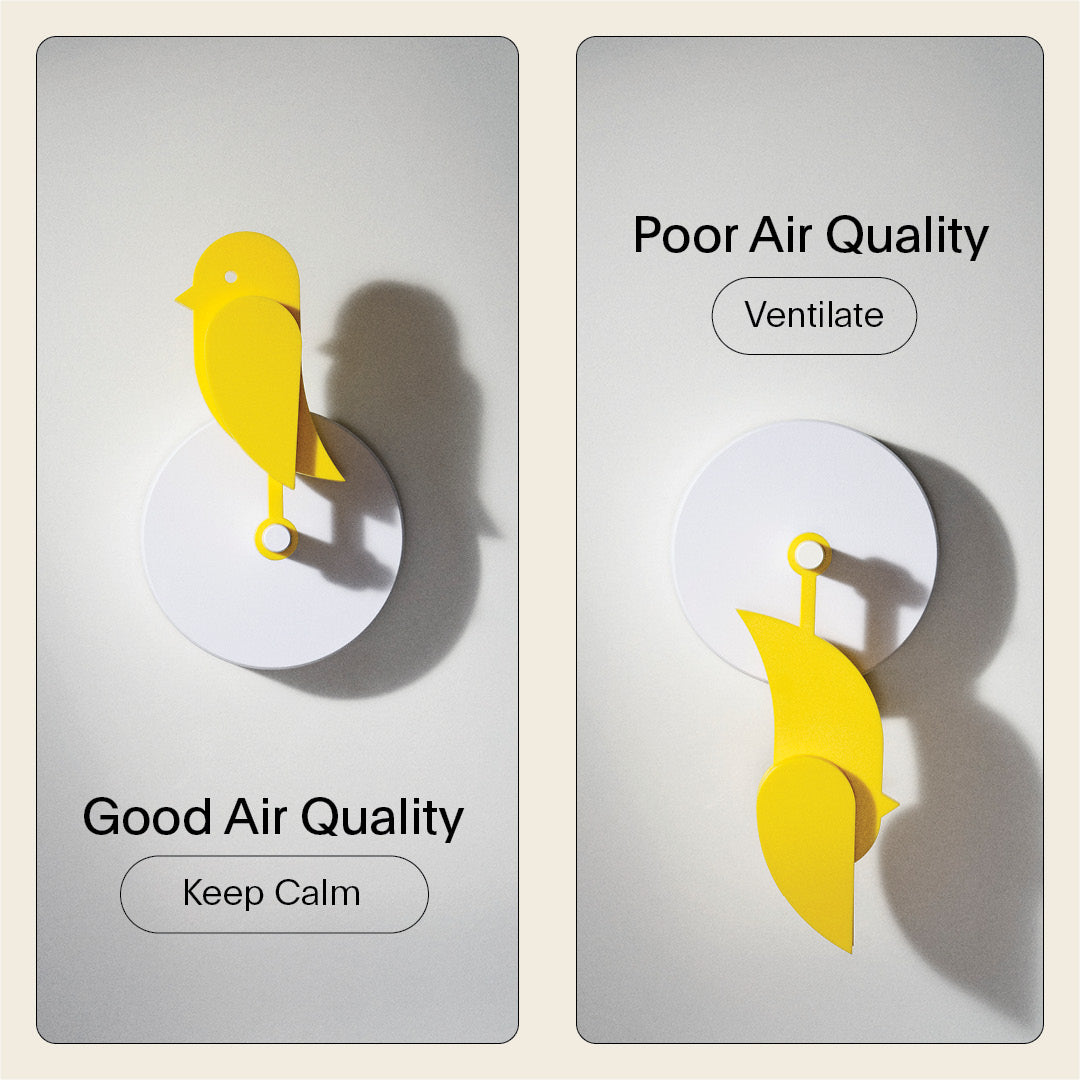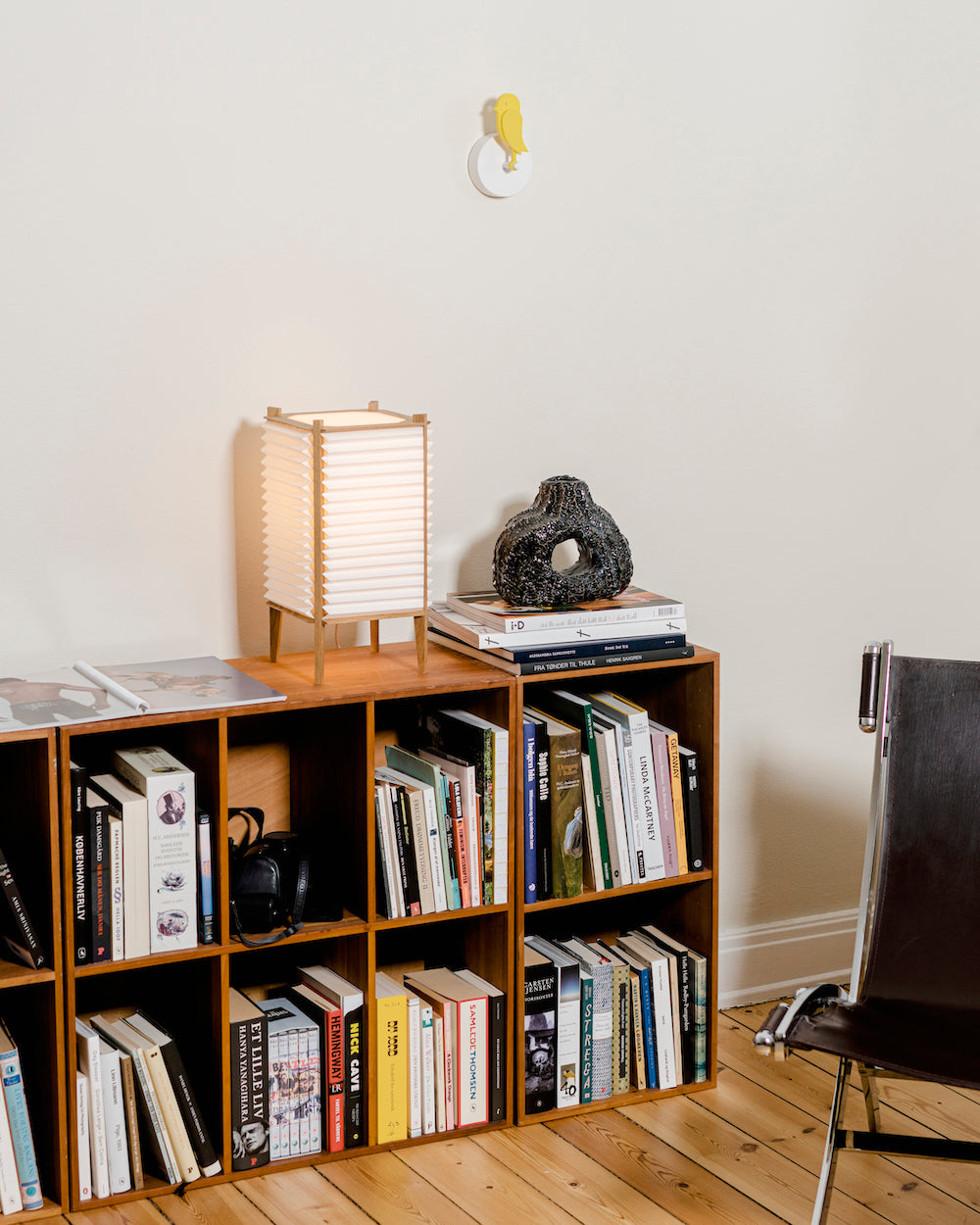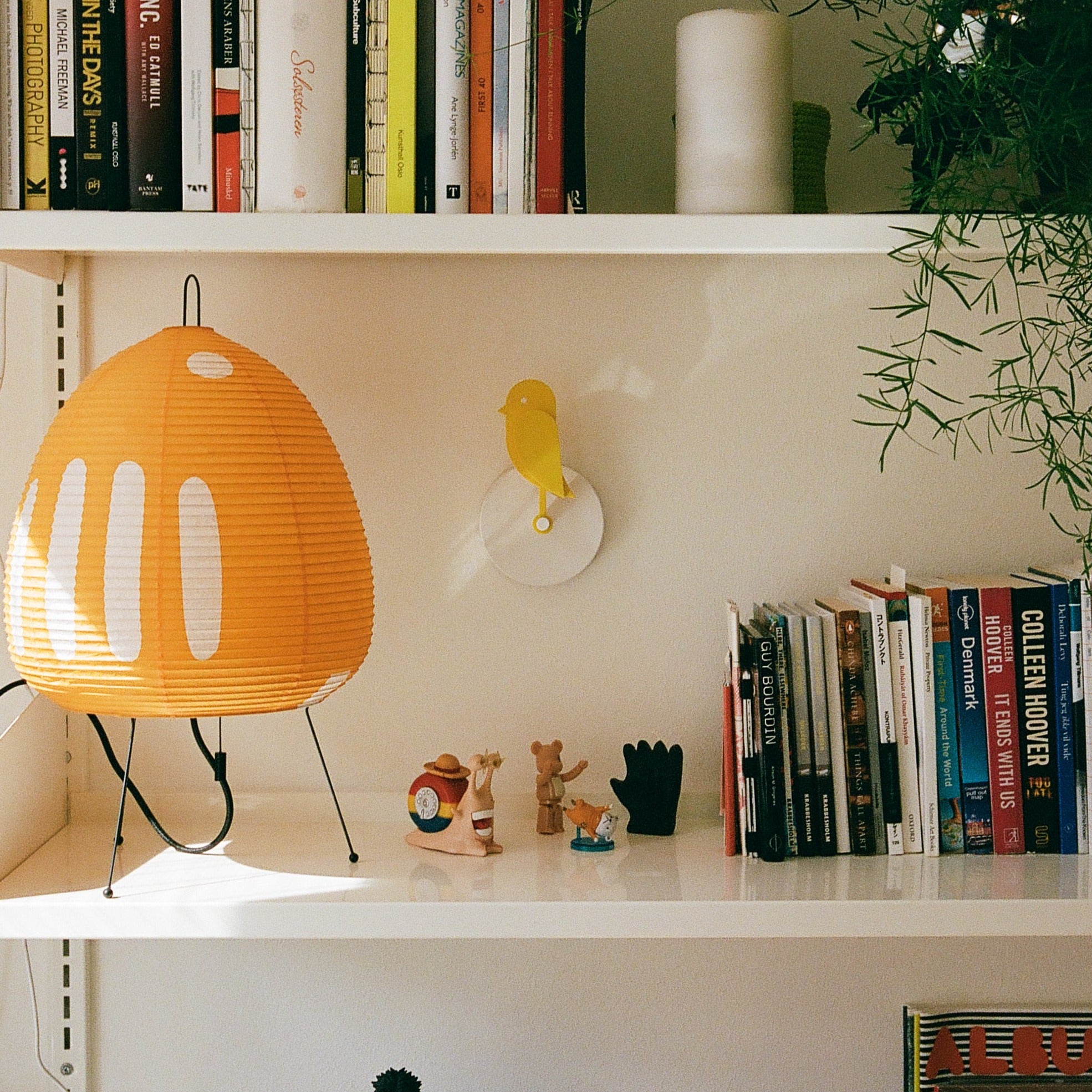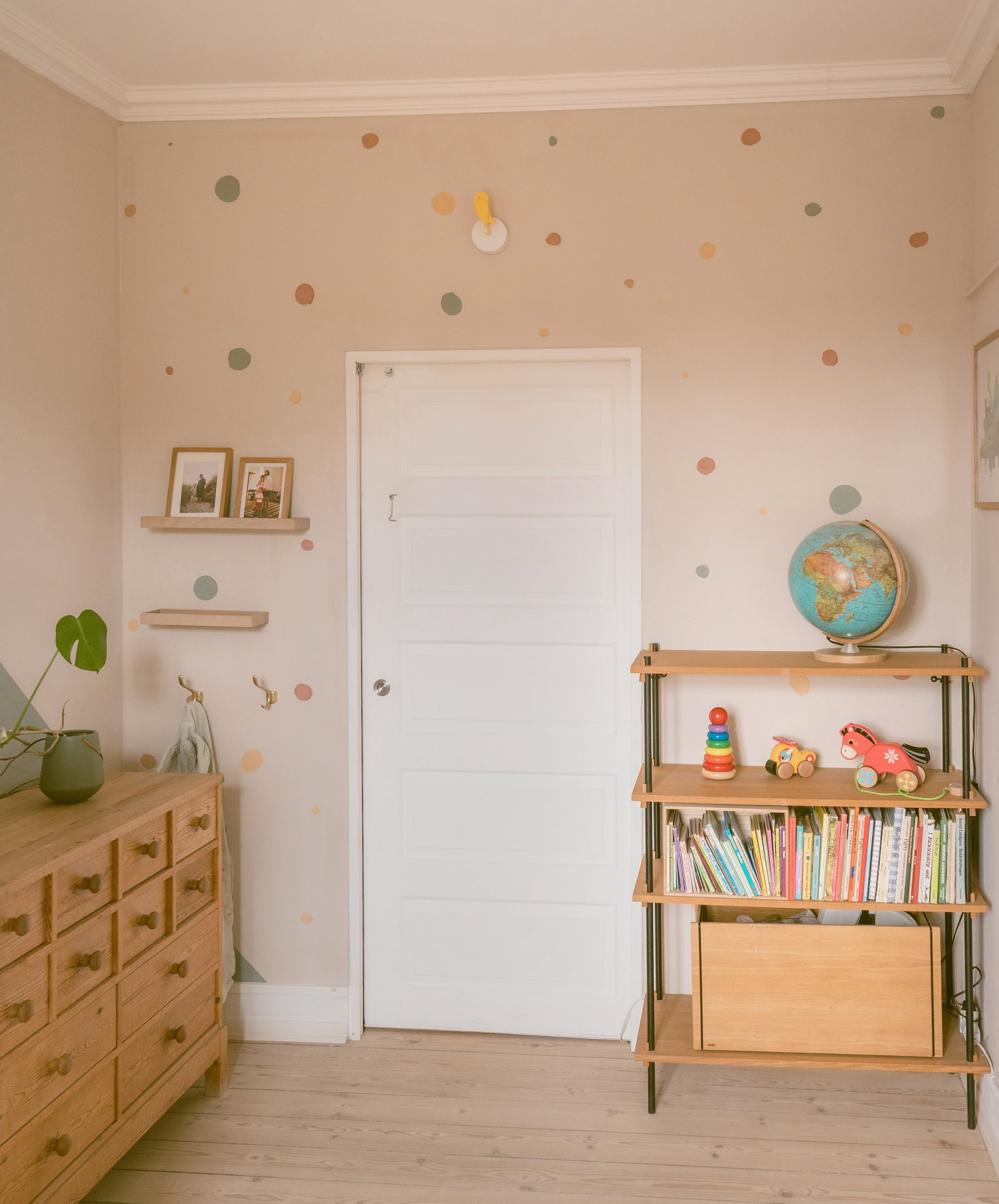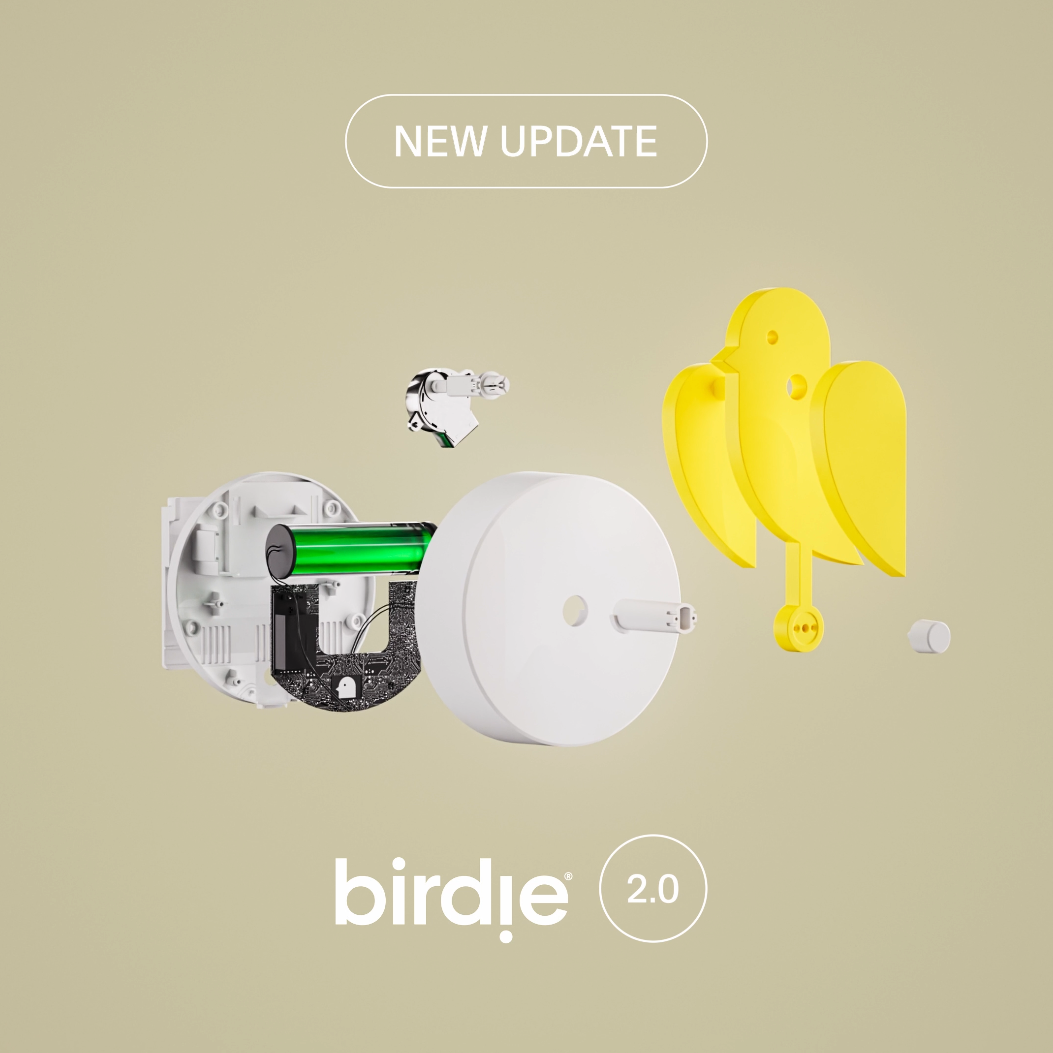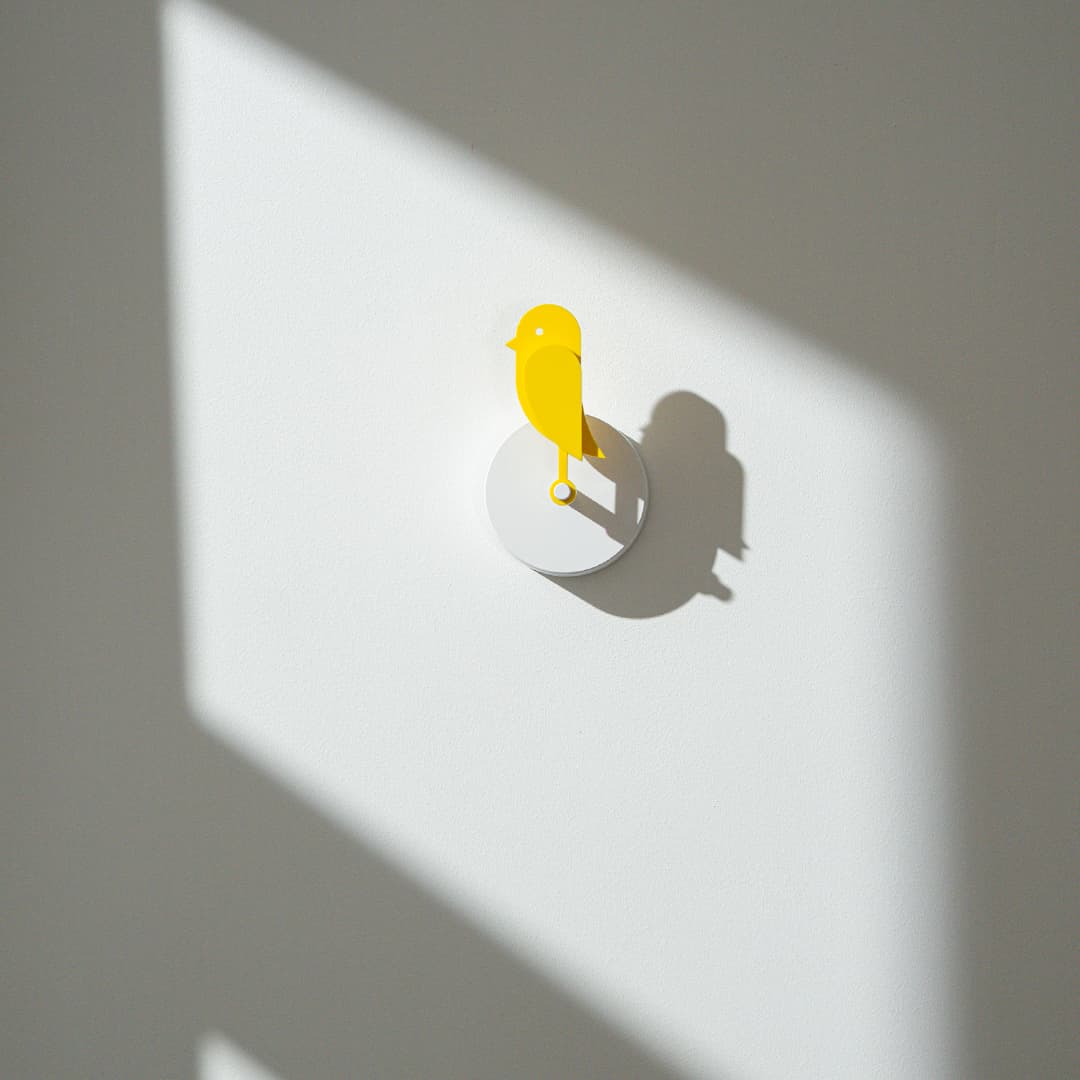Written by Hans Augustenborg
May 7, 2024 — 6 minute reading time

Sitting in the glow of candlelights may be cozy, but it's not so cozy for your indoor environment. Burning candles pollute the air.
And poor air quality isn't just a minor detail in your daily life—it can make you sick.
But how can you go about lighting a candle now and then without compromising your indoor environment? In this article, you'll find six tips on how to use candles without negatively affecting your indoor climate.
Is Candle Use Unhealthy for Indoor Environments?
Studies show that a block candle emits seven times as many particles as traffic on one of Denmark's most polluted roads. That's not encouraging news for us indoor climate enthusiasts.
Candles emit small particles containing substances such as tar, nickel, and lead. Additionally, they produce carbon monoxide, also known as exhaust fumes from, for example, diesel cars.
Particles and Carbon Monoxide—How Candles Worsen Indoor Environments
When you light a candle, there's an immediate shift in air quality. Ultrafine particles swirl around, and the carbon monoxide level rises.
The tiny hairs in the airways can't filter out the particles, so they go straight into your lungs. The damage depends on the type of candle used and how it burns.
People with asthma or other lung diseases are more likely to be affected by candle pollution.
If a Candle Produces Soot or Flickers, it Pollutes More
When you have a candle burning, make sure it neither produces soot nor flickers. This prevents the particles from spreading even further.
Studies by the Danish Environmental Protection Agency conclude that if a candle produces soot or flickers, it emits 30-70 times as many carbon particles.
Which Types of Candles Pollute the Most?
It matters which type of candle you use at home. Some are more harmful to indoor environments than others.
You might want to avoid:
- Taper candles: Candles made of wax emit the most particles.
- Candlesticks: It's better to use tea lights than candlesticks. Candlesticks are more prone to flickering, which means they emit more particles.
- Scented, glittery, or patterned candles: Scented candles can release allergens, and glittery or patterned candles tend to produce more soot and particles than regular candles.
An alternative to wax is paraffin. Paraffin candles emit half as many particles as wax candles—this is because paraffin burns with a higher flame.
Avoid Dangerous Particles: Use Artificial Candles
All candles emit particles. However, if you still want the cozy atmosphere of candles, you can use LED lights.
There are many lifelike options on the market that mimic real candles with a flickering effect.
6 Tips for Using Real Candles
If you don't want to give up real candles, consider how you use them.
Follow these tips:
- If a candle produces soot, extinguish it.
- Trim the wick to prevent excessive sooting.
- Extinguish candles with a snuffer or a damp finger to prevent excess smoke.
- Don't place candles in drafts (near windows or radiators)—this causes them to smoke and flicker.
- Don't use candlesticks that trap air—this restricts air supply and leads to more soot.
- Only light candles on special occasions and limit them to 2-3 candles.
Air Out Thoroughly After Extinguishing Candles
Once you blow out your candles, open the windows.
Air out the room thoroughly with all windows open for 5-10 minutes to ensure that all candle particles have been removed.
Ventilation is the best thing you can do for your indoor environment.
Birdie doesn't measure particles, but it does react to the concentration of CO2 in the room.
This allows you to accomplish multiple tasks at once. If Birdie indicates that the room needs fresh air, other particles are also reduced through ventilation.
At the Same Time—Don't Forget About the Fireplace
Love your fireplace? Remember to be extra vigilant about ventilation.
An article in Weekendavisen describes a study by the Technical University of Denmark and the Council for Green Transition, which concludes that:
"(...) even new fireplaces not only emit large amounts of harmful particles up the chimney but also emit up to 115,000 ultrafine particles per cubic centimeter indoors after three hours of burning. In comparison, between 10,000 and 35,000 ultrafine particles have been measured on H.C. Andersen's Boulevard in Copenhagen."
If you want a good indoor environment, you should pump the brakes on both candles and fireplaces—your lungs will thank you.







